News
-
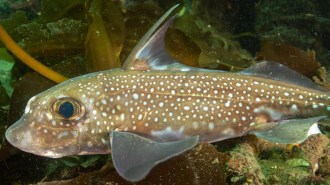 Animals
AnimalsThis ‘ghost shark’ has teeth on its forehead
Spotted ratfish, or “ghost sharks,” have forehead teeth that help them grasp onto mates. It’s the first time teeth have been found outside of a mouth.
By Meghan Rosen -
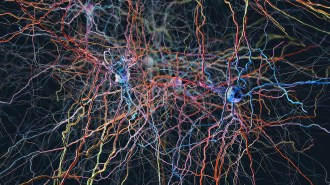 Neuroscience
NeuroscienceLung cancer plugs into the mouse brain
Exploring the relationship between cancer cells and nerve cells, which can signal tumors to grow, could unearth ways to slow disease.
-
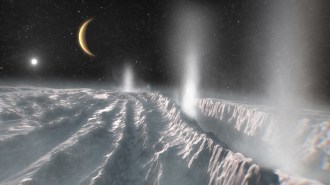 Planetary Science
Planetary ScienceEnceladus’ ocean may not have produced precursor chemicals for life
Building blocks of life have been found on this moon of Saturn. They may come from chemical reactions beyond Enceladus’ possible life-supporting ocean.
-
 Paleontology
PaleontologyAn ancient reptile’s fossilized skin reveals how it swam like a seal
A reptile fossil is the first of its kind with skin and partially webbed feet, possibly showing how later species like plesiosaurs adapted to water.
-
 Humans
HumansStaying on the keto diet long term could carry health risks
Months on a high-fat keto diet put mice at risk for cardiovascular disease and impaired insulin secretion.
By Meghan Rosen -
 Particle Physics
Particle PhysicsA primordial black hole may have spewed the highest energy neutrino ever found
The Big Bang may have spawned these theoretical black holes, whose lives are thought to end in a burst of extremely energetic particles.
-
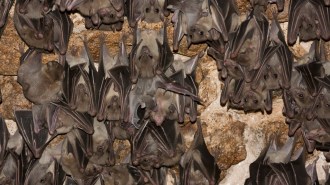 Animals
AnimalsBats live with some viruses. But others can do them in
Bats can carry some deadly human pathogens without signs of illness. A new survey shows that other viruses can still be bad for bats.
-
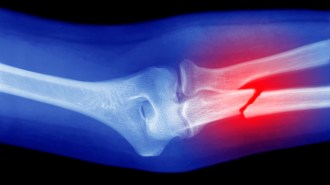 Health & Medicine
Health & MedicineA handheld ‘bone printer’ shows promise in animal tests
Demonstrated in rabbits, the 3-D printer might someday print bone grafts directly onto fractures, complete with antibiotics to ease healing.
By Payal Dhar -
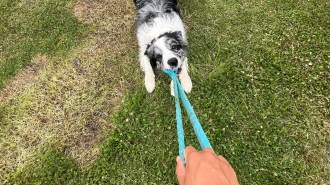 Animals
AnimalsTug or fetch? Some dogs sort toys by how they are used
Dogs that easily learn the names of toys might also mentally sort them by function, a new example of complex cognitive activity in the canine brain.
-
 Health & Medicine
Health & MedicineA new drug shows promise for hard-to-treat high blood pressure
Results from a large trial suggest baxdrostat could provide a new option for people whose blood pressure remains high despite standard treatment.
By Isha Ishtiaq -
 Health & Medicine
Health & MedicineCOVID-19 is still a threat, but getting a vaccine is harder for many people
Vaccination is still important to ward off the worst of the coronavirus. Three experts discuss the concerns with restricting access.
-
 Anthropology
AnthropologyThe oldest known mummies have been found — in Southeast Asia
Southeast Asian groups mummified bodies over smoky fires before burying them as early as 12,000 years ago, long before Egyptians began making mummies.
By Bruce Bower